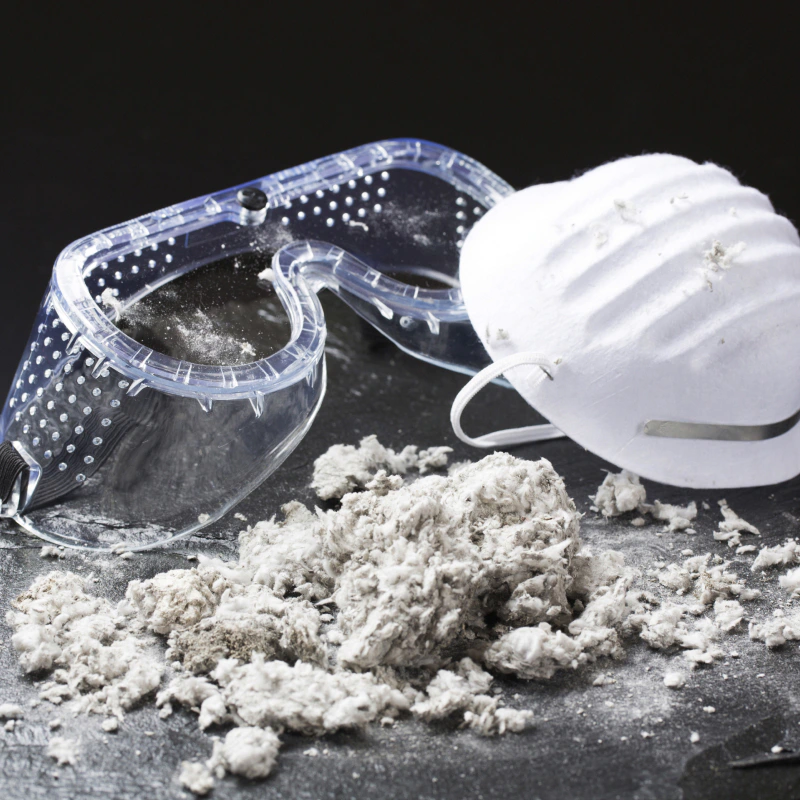Experienced Inspection Service at Your Fingertips
Asbestos
Testing
Asbestos cannot be visually identified; laboratory analysis of the material is required. However, a well-versed home inspector can often spot the materials that have historically contained asbestos and advise you to pursue further investigation.
Dealing with Asbestos
If the asbestos-containing material is in good condition and in an area where it will not be easily damaged, the best advice is often to just leave it alone.
Two other ways of reducing risk are encapsulation, by using an impermeable material to wrap it, and enclosure, or covering it completely with another impermeable material. Asbestos pipe insulation is often encapsulated with tape. Asbestos floor tiles are enclosed by covering them with another layer of flooring, although this is not an approved method.
It’s not wise for a homeowner to attempt to remove an asbestos-containing material. If you spot a material in your home that you believe may contain asbestos, you should have it tested for confirmation and then contact a state-licensed abatement contractor.
Two materials that we commonly find in homes are vinyl-asbestos floor tiles, used extensively in the 1940s and 1950s, and older “popcorn” or “cottage cheese” sprayed-on ceiling finishes. Since these materials are long ago out-of-style, many homeowners’ first inclination is to remove them. However, neither is easily removed by a homeowner without causing further contamination. ANY asbestos must be removed by a State licensed asbestos abatement contractor.
Another material found frequently on older homes in the northeast is asbestos shingle siding. The material is generally not dangerous unless it is seriously abraded, allowing fibers to become airborne. While very durable, damaged pieces are now nearly impossible to replace. Homeowners should be warned that once the material is removed from the house, it becomes a Hazardous Material by state standards and must be disposed of accordingly, a very costly endeavor. The best remedy is to install new siding over the shingles, effectively enclosing them.
For more information on asbestos, you can contact the Consumer Product Safety Commission at 800-638-2772, or check the Center for Disease Control (CDC) website at: www.cdc.gov/health/asbestos.htm.
GET IN TOUCH
If you’re ready to get fantastic service, then call us today or fill out the form.




